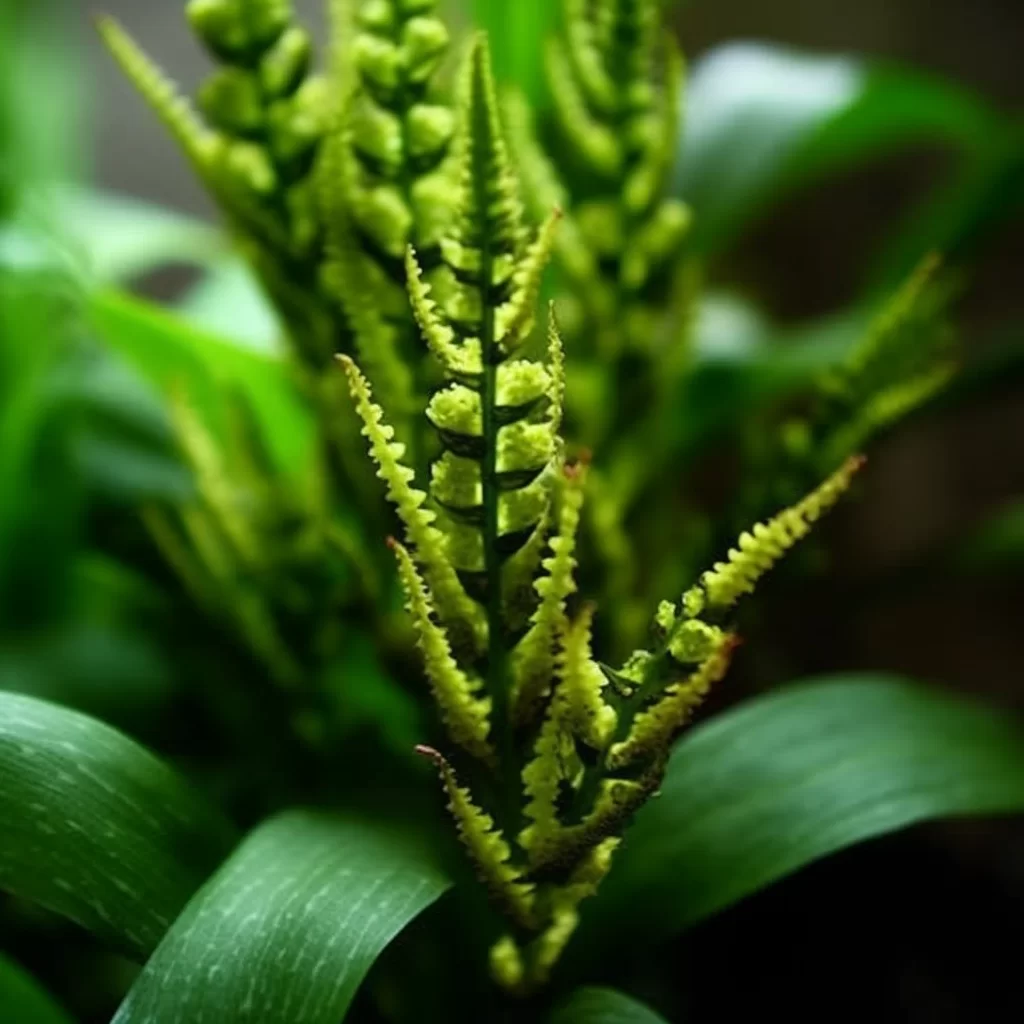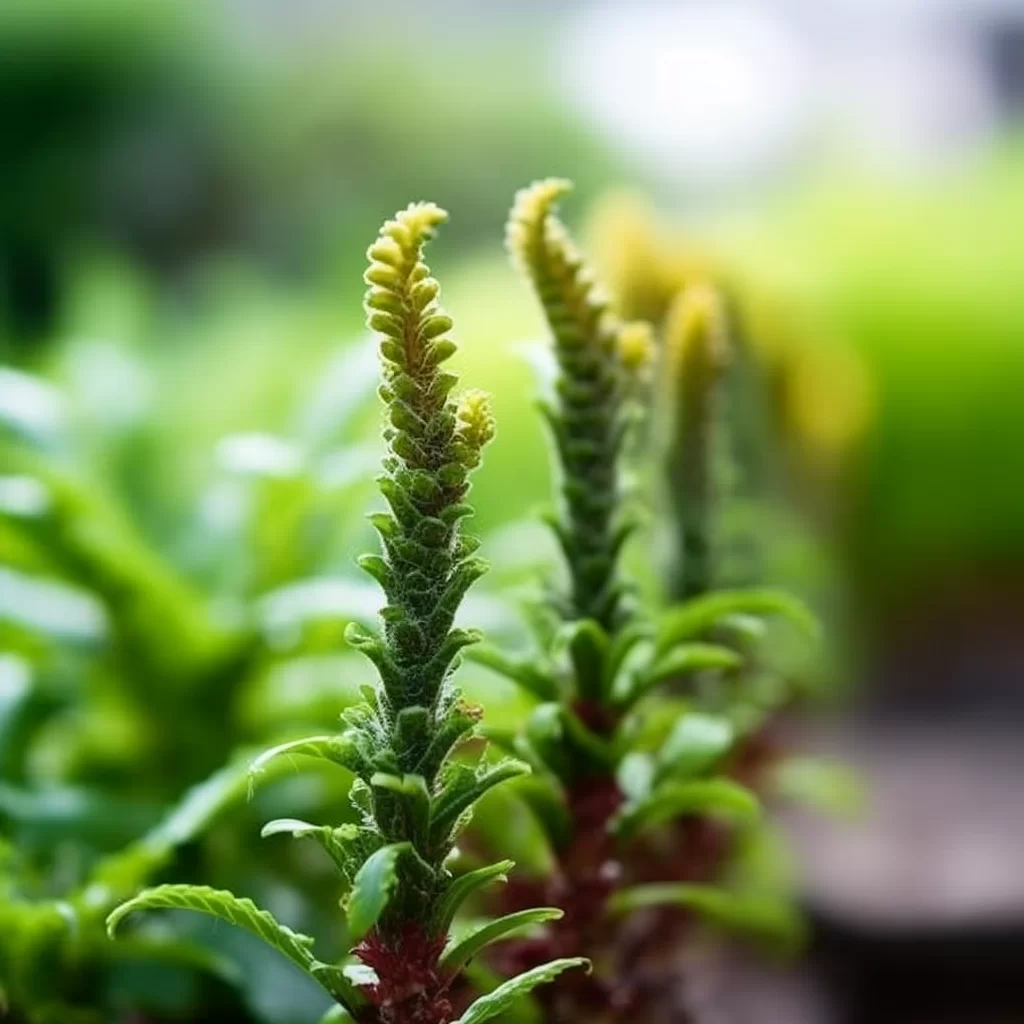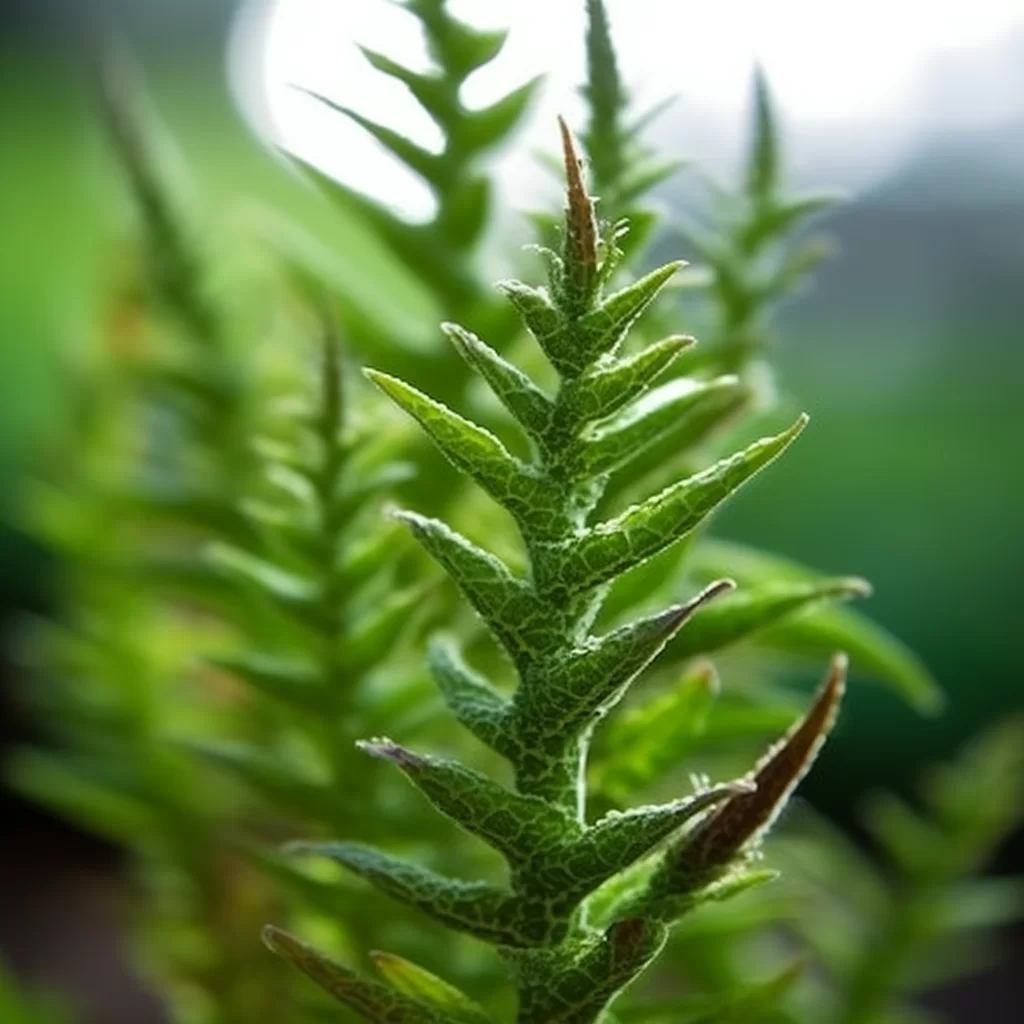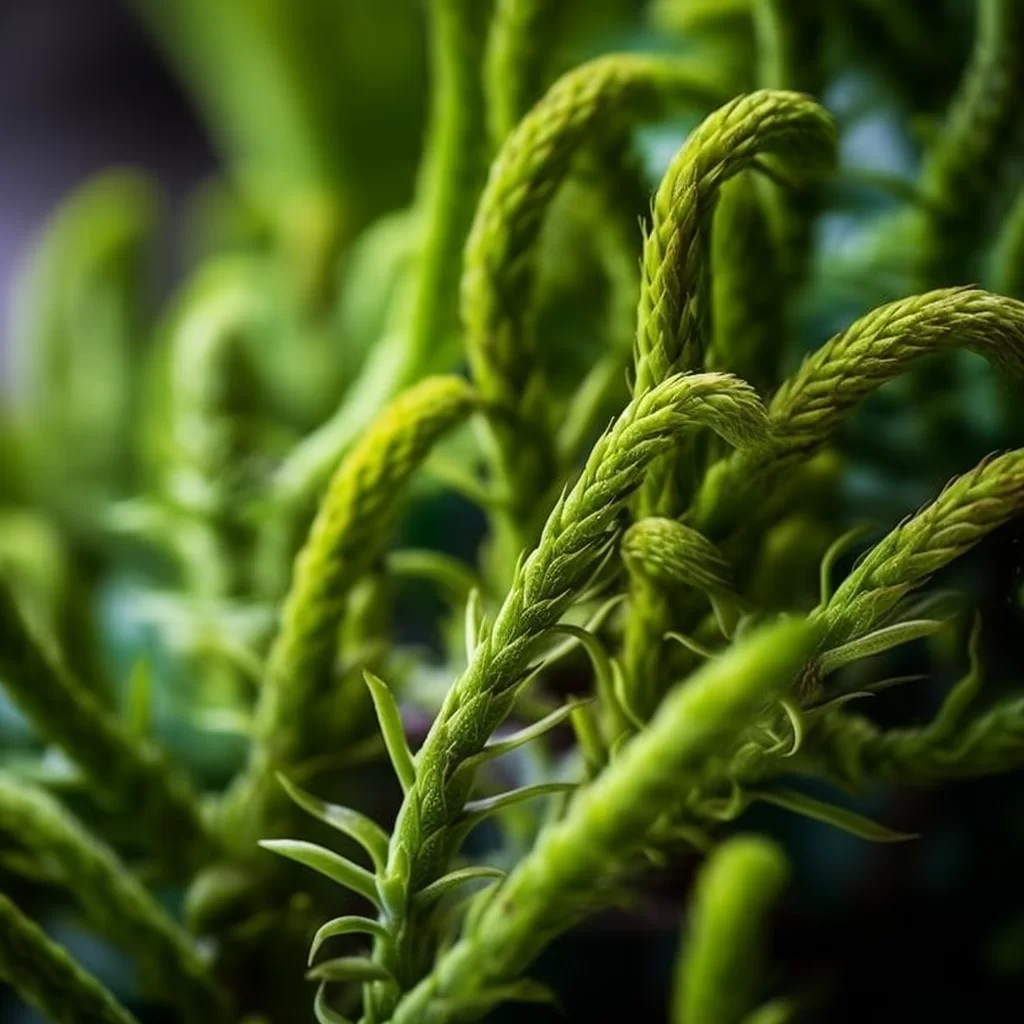Story of Day :
Contents
The Dragon Tail Plant: A Comprehensive Guide to Care and Maintenance
Are you looking for a unique and low-maintenance indoor plant? Look no further than the dragon tail plant! This striking foliage plant is a member of the dracaena family, native to Cameroon in West Africa.
It’s an excellent choice for beginners or experienced gardeners alike, as it requires minimal care yet yields stunning results.
In this comprehensive guide, we’ll cover everything you need to know about growing and caring for your dragon tail plant.
Introduction
The dragon tail plant, also known as Dracaena marginata tricolor or tricolor Madagascar dragon tree, has long narrow leaves that resemble a snake’s skin.
Its distinctive variegated foliage features stripes of green, cream, and pink hues – making it one of the most attractive plants indoors.
This tropical houseplant is relatively easy to care for; it can survive in low-light conditions and doesn’t need much watering.

Lighting Requirements
The Dragon Tail Plant can grow well under different lighting conditions ranging from low light levels found in poorly lit areas such as hallways or entryways with no direct sunlight exposure to bright indirect light sources such as near east-facing windows where they get filtered light from the sun.
However, too much direct sunlight may lead to leaf burn on your plant – so be sure not to place your Dragon Tail Plant directly under harsh full sun exposure.
Watering Needs
- You should water your Dragon Tail Plant regularly but make sure not to let soil dry out entirely between watering periods – this will help prevent root rot concerns from overwatering
- A good way of checking if your soil needs watering is by sticking a finger into its top layer {about 2 inches in depth}.
If it feels dry to the touch, that’s a good indication that you should water your plant.
- Make sure not to overwater and let the soil stay wet all the time; this will lead to root rot or fungal diseases.
Temperature and Humidity Requirements

Dragon Tail Plants can adapt well to different temperatures ranging from 60°-80°F (15°-26°C).
However, they prefer higher humidity levels than most indoor plants – around 40-50%.
- To increase humidity levels near your Dragon Tail Plant, you can place a pebble tray filled with water beneath the pot or use a humidifier near it.
This will help prevent brown leaf tips and keep your plant healthy
- You should also avoid placing your Dragon Tail Plant in drafty areas as this may cause stress on its foliage causing it to drop leaves
Fertilization Needs
The Dragon Tail Plant doesn’t require frequent fertilization but giving them some fertilizer occasionally helps boost their growth rate and overall health.

- Fertilize every three months using balanced liquid houseplant fertilizer diluted at half strength during growing seasons (spring and summer) when plants are actively growing.
- Avoid fertilizing during fall or winter as growth rates of indoor plants slow down then
- You can use a spray of water with mild dish soap to the infected plant leaves to get rid of any pests.
- Another option is using neem oil solution as a natural insecticide or horticultural oil like Bonide All Seasons Spray Oil for pest control
Pests/Diseases Control Measures:
The Dragon Tail Plant is relatively resistant to pests/diseases compared with other indoor plants.
However, they’re still susceptible to mealybugs, spider mites, scales – so be sure always watch out for any signs of infestation such as yellowing leaves!

-
Pest Control Measures:
Summary:
The Dragon Tail Plant is an excellent choice for beginners and experienced gardeners looking for unique and low-maintenance indoor plants.
Its variegated foliage, ability to tolerate low-light conditions, and resistance to pests/diseases make it an ideal plant for office spaces, living rooms, or hallways.
Follow the care tips provided in this comprehensive guide, and your Dragon Tail Plant will thrive under your care!